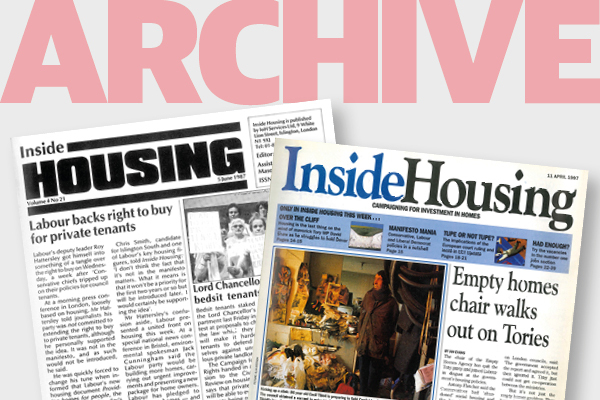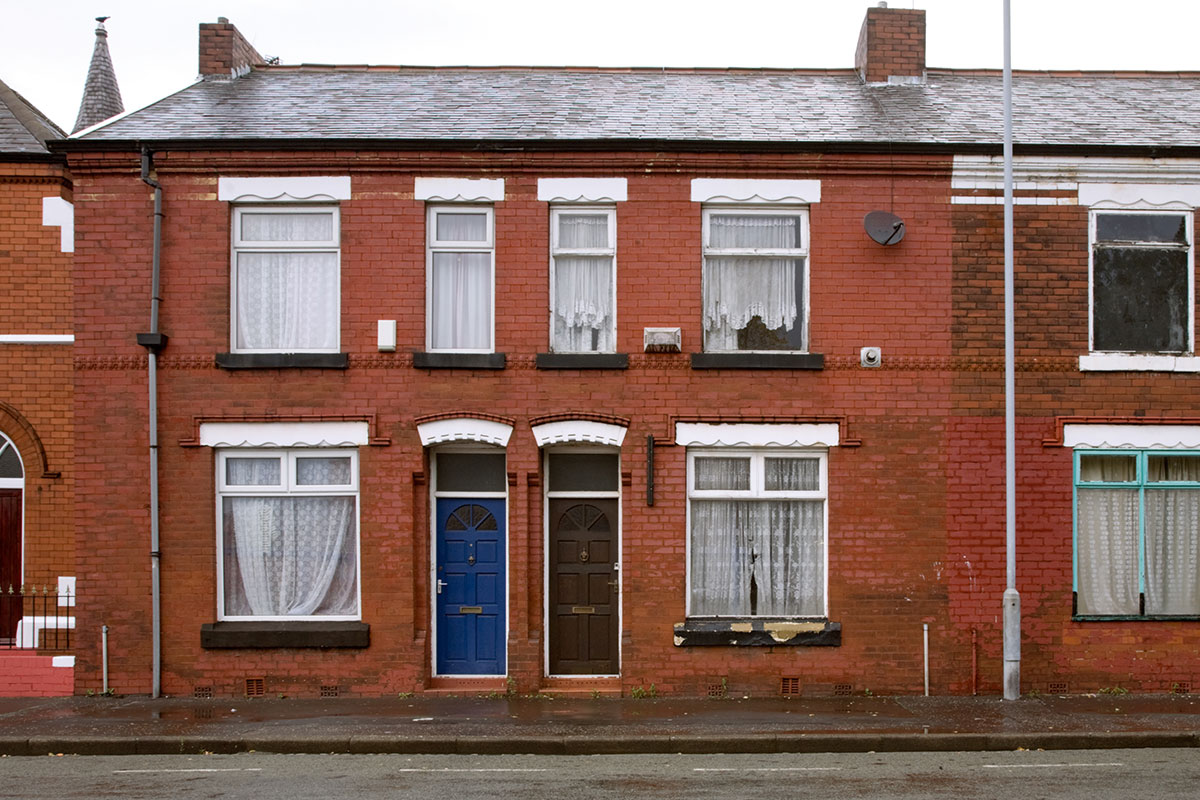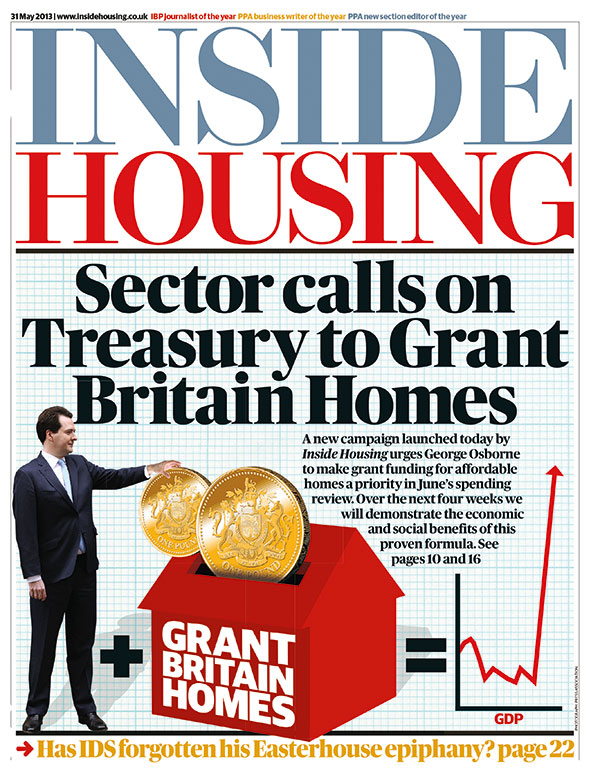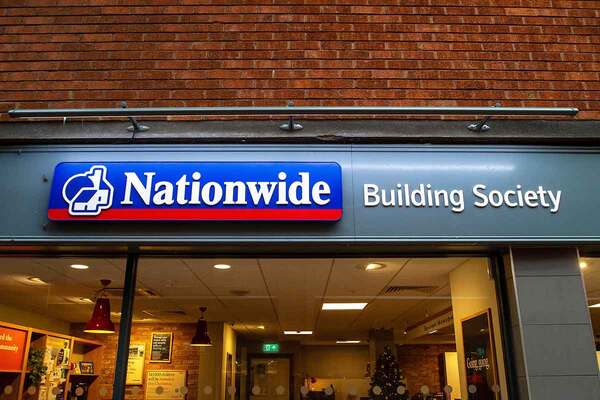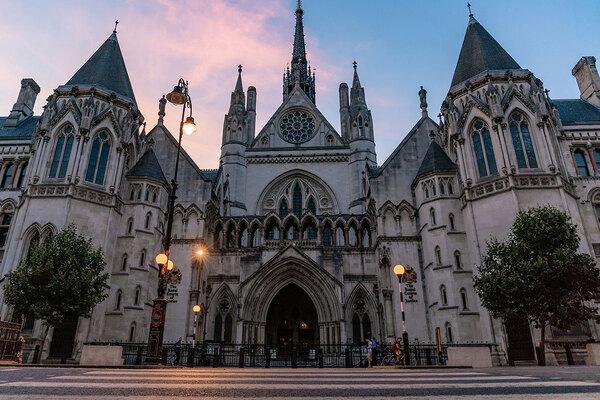You are viewing 1 of your 1 free articles
From the archive - the Right to Buy leaves Scottish councils out of pocket
Inside Housing looks back at what was happening in the sector this week five, 15 and 25 years ago
25 years ago
Scottish councils were being plunged into debt by tenants exercising the Right to Buy on recently built homes.
Tenants were buying homes at a full discount only five years after the properties were built, meaning councils still hadn’t made back the construction costs in rent.
In Scotland, a ‘cost floor’ applied, preventing the Right to Buy discount from lowering the home’s cost to below the remaining debt, but only for the first five years after construction.
A total of 28 sales had been made, with a loss to the council of about £8,000 each since 1990.
Argyll and Bute was £220,000 in debt over being forced to sell homes built in 1985.
Raymund McCluskey, assistant secretary of the Convention of Scottish Local Authorities, said: “Individuals gain but the public loses.”
Picture: Getty
15 years ago
The Peabody Trust was named by the magazine as the housing association with the biggest development pipeline in England, with plans to build 3,885 homes in the next few years.
This was the eighth year that Inside Housing had run its development survey – an exercise which continues to this day.
Back then the magazine looked at several sources to garner data on the development pipeline of only English associations.
Now we ask a series of questions directly of housing associations, and cover the whole of the UK.
Although the figures aren’t really comparable, the differences are a bit of a microcosm of how the sector has changed in two decades.
Peabody might have topped the charts in 2003, but last year it was only 27th out of the top 50 in the whole of the UK, building 426 homes. The landlord then had 19,000 homes under management – by 2017, it had 55,000.
Fifteen years ago, Places for People came in second with a pipeline of 3,808 homes. Last year it built 1,519, making it third in the UK.
Places for People managed about 47,000 homes; in 2017 it had 189,000.
Five years ago
Inside Housing made a front-page bid to persuade chancellor George Osborne to increase grant rates for affordable homes, in a campaign called Grant Britain Homes.
Our campaign called for four years of grant funding, to support social landlords building ‘sub-market rent’ homes that would cut the housing benefit bill and create jobs.
Key sector players backed the campaign, with Peabody’s chief executive Stephen Howlett noting that the four-year spending period included a £95bn bill for housing benefit, but just £4.5bn of investment in building affordable homes.
The Chartered Institute of Housing, the National Housing Federation and the G15 also called on the Treasury to pump £2bn of grant, to build up to 65,000 affordable homes.
